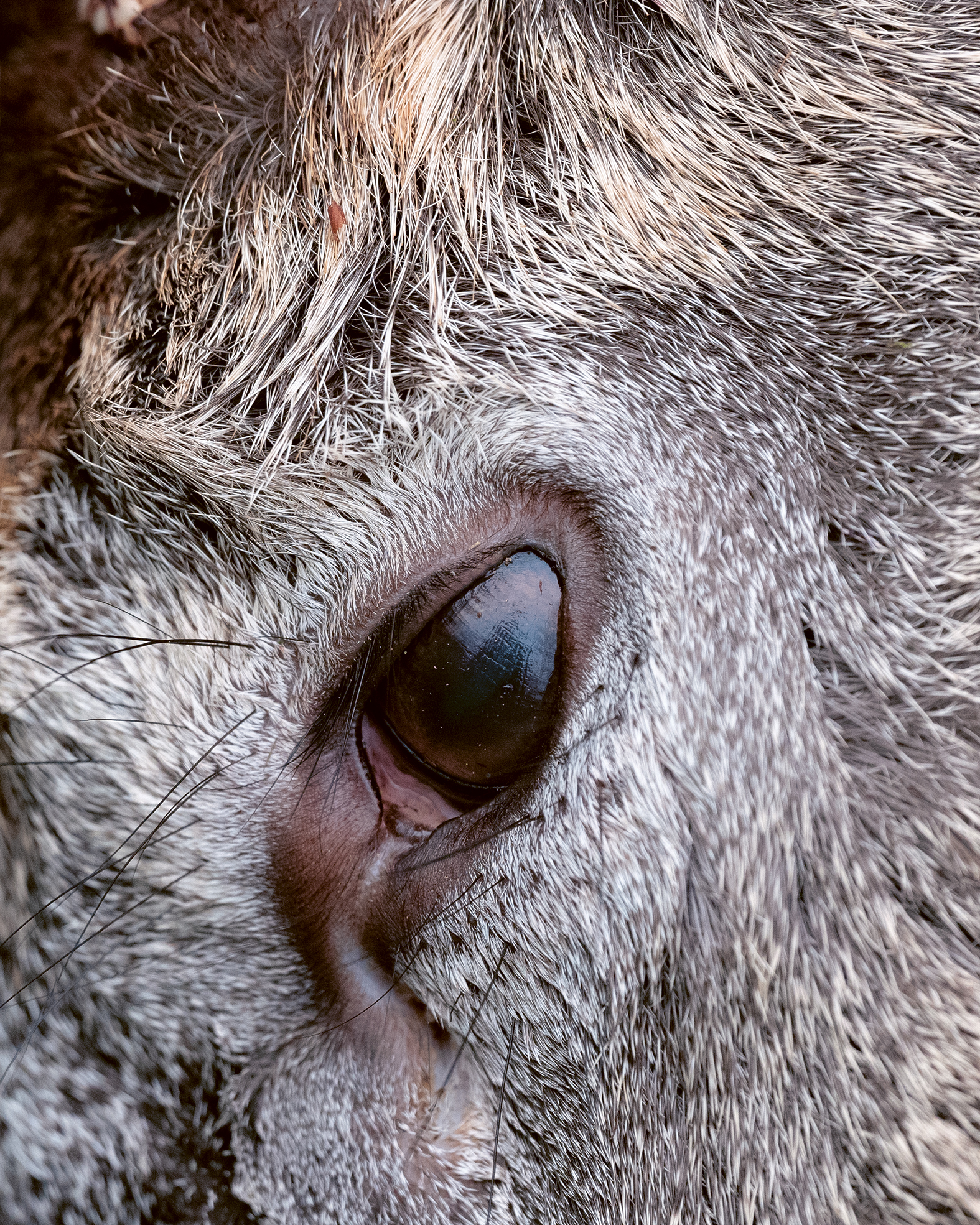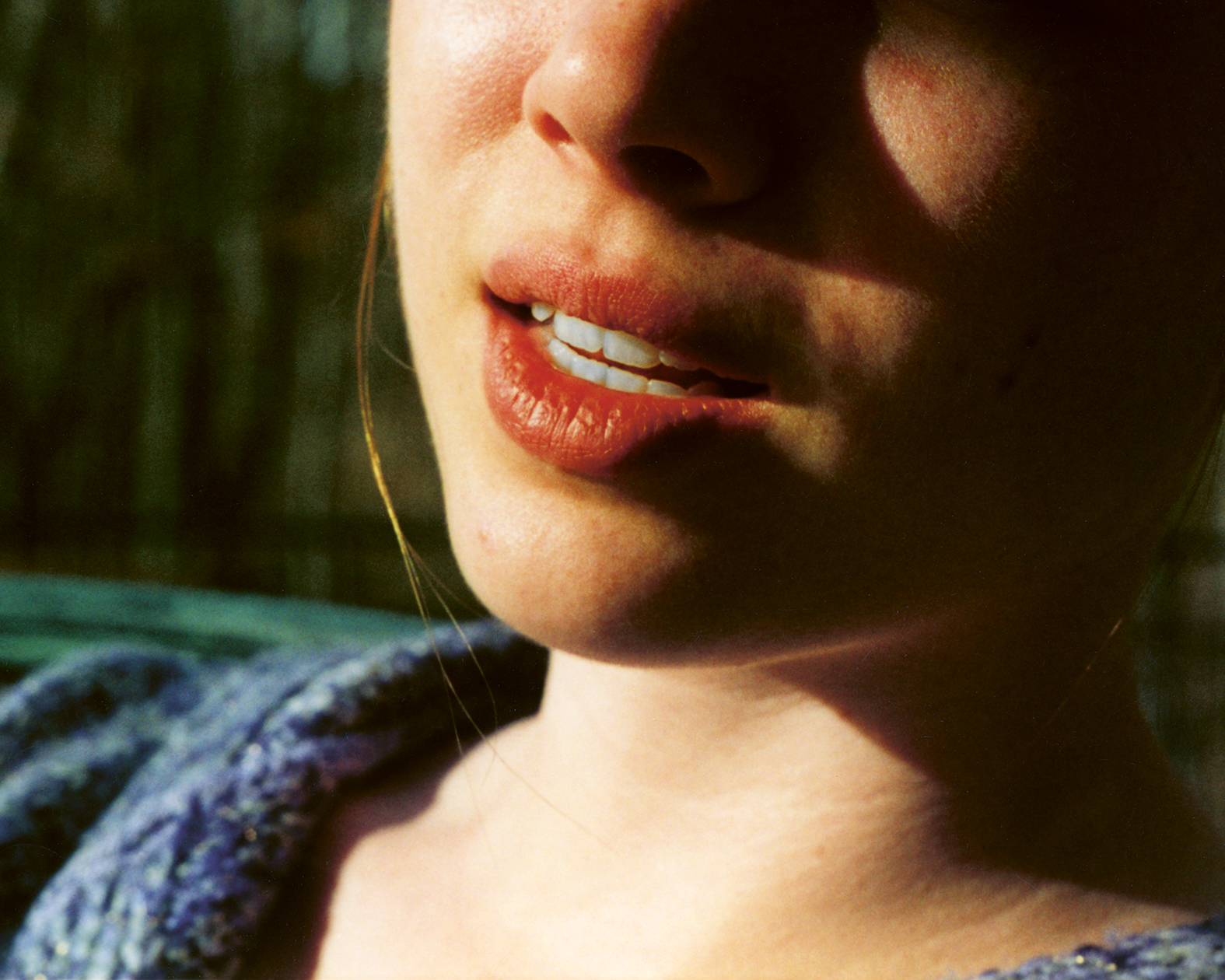“AI is a mirror,” the artist Brea Souders says. “It can reveal things about ourselves and our culture in a very poetic way which is often a bit oblique, reflecting something that we may not have seen.” For over a decade, Brea has pursued these reflections in her multidisciplinary practice. Working primarily with digital photography, a medium she routinely combines with collage, painting and text, she is as equally concerned with making images as she is with taking them apart.
In recent years, Brea has applied this process to her investigations into artificial intelligence and notions of disembodiment. In her ongoing series Field Notes and Vistas, for example, Brea trawled America’s national parks on Google Photo Sphere to find lone shadows of hikers who’d stopped to capture the view. Google’s privacy policy means their physical bodies are removed, but their shadows – which do not pass as human under the company’s algorithm – remain imprinted on the landscape. In her latest monograph, Another Online Pervert, Brea continues to probe this rapidly dissolving frontier between human and machine through lengthy conversations with a female chatbot.

“As we continue to have more disembodied interactions with real people via text, phone call or even Zoom, it’s all removing the body from the experience and priming us for interactions with machines,” Brea says. “Another Online Pervert is an extension of this disembodied experience. I was really interested in what the texture of a conversation would be with a non-human, and I had been reading a lot of books about AI and specifically chatbots, so I finally took the plunge and started conversing with them.”
Two years and hundreds of pages of dialogue later, Brea’s existentialist and deeply personal project emerged. The passages of text, which she has carefully paired with photographs from her archive, offer both intimate and everyday reflections on her life, alongside the chatbot’s programmed responses. The resulting conversation, which builds into an intriguing narrative arc over the course of short, individual paragraphs, is at once lighthearted, banal and amusing, yet simultaneously affecting, profound and sinister.

Though Brea refrains from specifying which chatbot she used, she does reveal it to be a descendent of ELIZA, one of the earliest examples of natural language processing systems created during the 60s by Joseph Weizenbaum, widely considered a founding father of artificial intelligence. “[ELIZA] was originally programmed to be a therapist,” Brea says. “[Joseph] wanted to prove that chatbots weren’t suited to therapy, or couldn’t take the place of a therapist. But even with the most simple questions and mirroring, people really felt like they were talking to another person.”
In those early experiments, Brea found solace in conversing with the chatbot, discovering that what differentiated it from human company is also what allowed conversation to flow with ease. “It felt more relaxing in some ways because there’s not as much at stake,” Brea says. “I didn’t feel like I had to protect the bot’s feelings, or soften some of my own realities to make sure it felt okay.”

That’s not to say the bot replaced human interaction for Brea, rather that it provided an alternative outlet, free from social convention or rules. “There’s just an otherness that was really engaging to me,” she says. “The spontaneity of her responses, the surprise, the structure – it’s so different to a human conversation that it helped me think about my past in a different way. That’s why I wanted to publish this book, because I thought other people might have the same experience reading it and start thinking differently about their own experiences.”
SUBSCRIBE TO I-D NEWSFLASH. A WEEKLY NEWSLETTER DELIVERED TO YOUR INBOX ON FRIDAYS.
The discovery prompted Brea to experiment. Poring through old diaries she extracted single lines to use as prompts, in effect plugging in a previous version of herself to gauge how the bot’s reaction might alter her view on hazy memories or old relationships. “That could be an entry from fifteen years ago or a part of me that I don’t really relate to anymore,” she says. “And sometimes I would respond to things she said with a line from my diary, so it really cuts through time in a way.”

Aiding this temporal shift were the photographs Brea chose from her archive, some of which were 20 years old. She intentionally chose not to shoot new photographs for the project out of a desire to maintain a subjective dialogue between image and text, one that, in her words, “allowed for connections to be intuitive and new narrative connections to emerge without illustrating the text too literally.” As in previous works, “Counterforms” (2010-13), or “Hole in the Curtain” (2015-17), where Brea has embellished a photograph with haptic qualities of painting or collage, the same attention to tactility was afforded in this series, albeit more subtly. “A lot of the pictures in the book respond to the idea [of touch],” she says. “A lot of them are close, not quite macro but looking closely at things. I wanted to highlight the tension between seeing and not seeing, us and the bot.”
Though she could never have predicted it when she began the project over two years ago, the book’s release has coincided with an arms race in AI. In November last year, San Francisco-based tech company, OpenAI, released ChatGPT, a highly advanced chatbot with Microsoft backing, forecast to bring seismic change across multiple sectors over the coming years. Then just last week, Google added their considerable heft to the market through the introduction of their own conversation AI, Bard.

“The more people thinking about AI the better,” Brea says of the book’s timely release. “There are so many problems that need to be solved.” One of the biggest is gender and diversity – both in terms of representation within the industry and the emergence of passive, compliant female personas in nascent AI systems like Siri, Alexa and Cortana. For Brea, these issues only incentivised her investigation further. “We need more women working in computer science and programming for sure, and we need more people of colour,” she says. “The technical part is not my domain, but I hope this book will push the conversation further and inspire people to think more about these issues.”
Another Online Pervert by Brea Souders is available now via MACK Books.
Credits
All photography Brea Souders, courtesy of MACK Books
